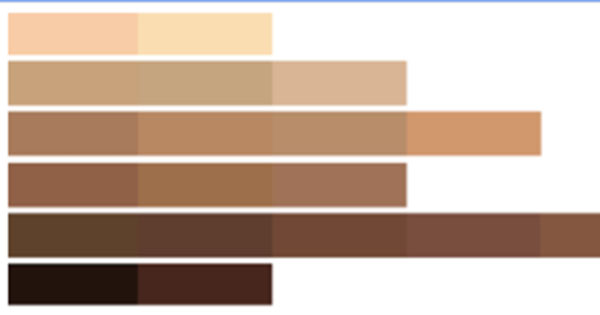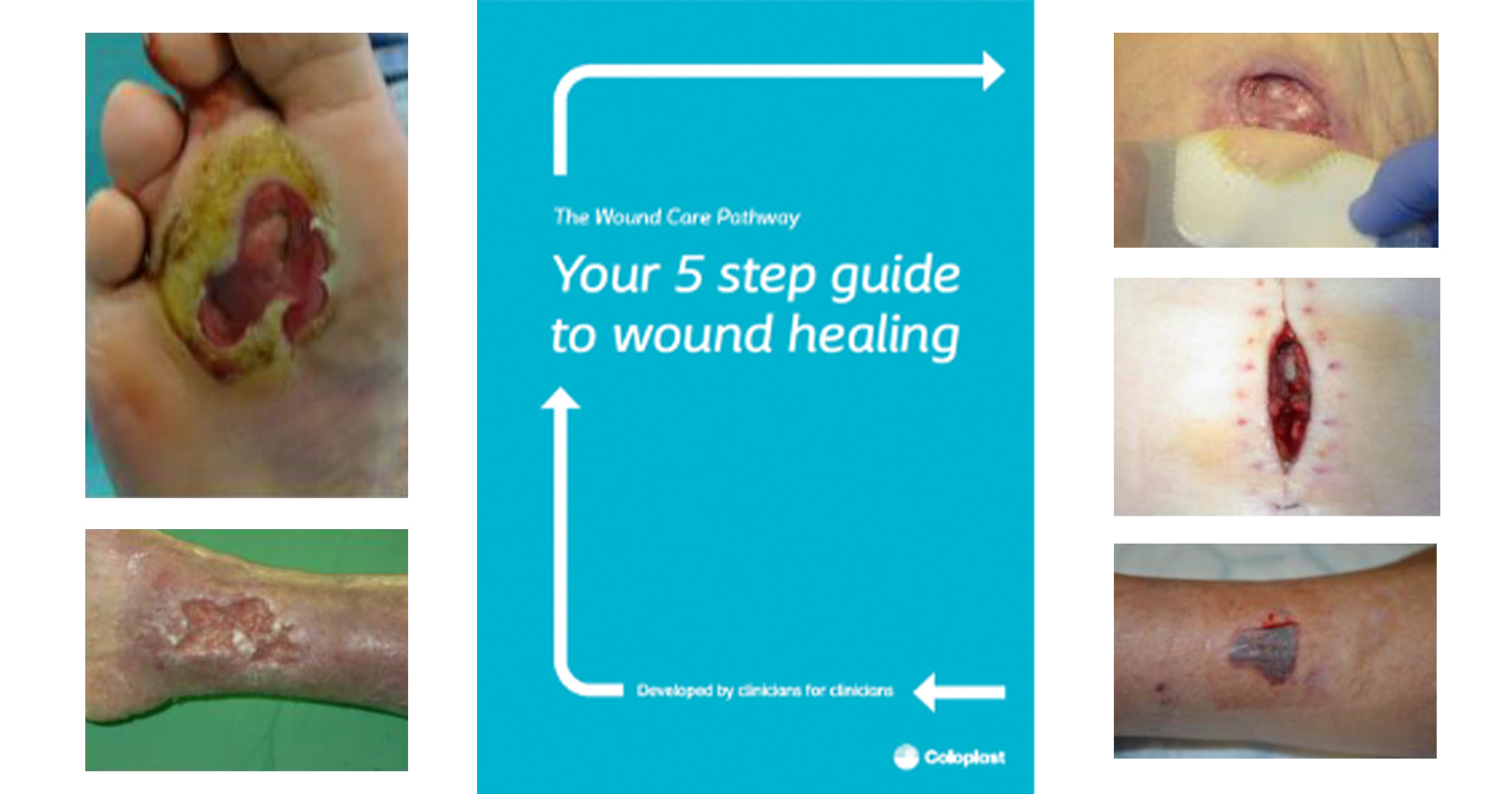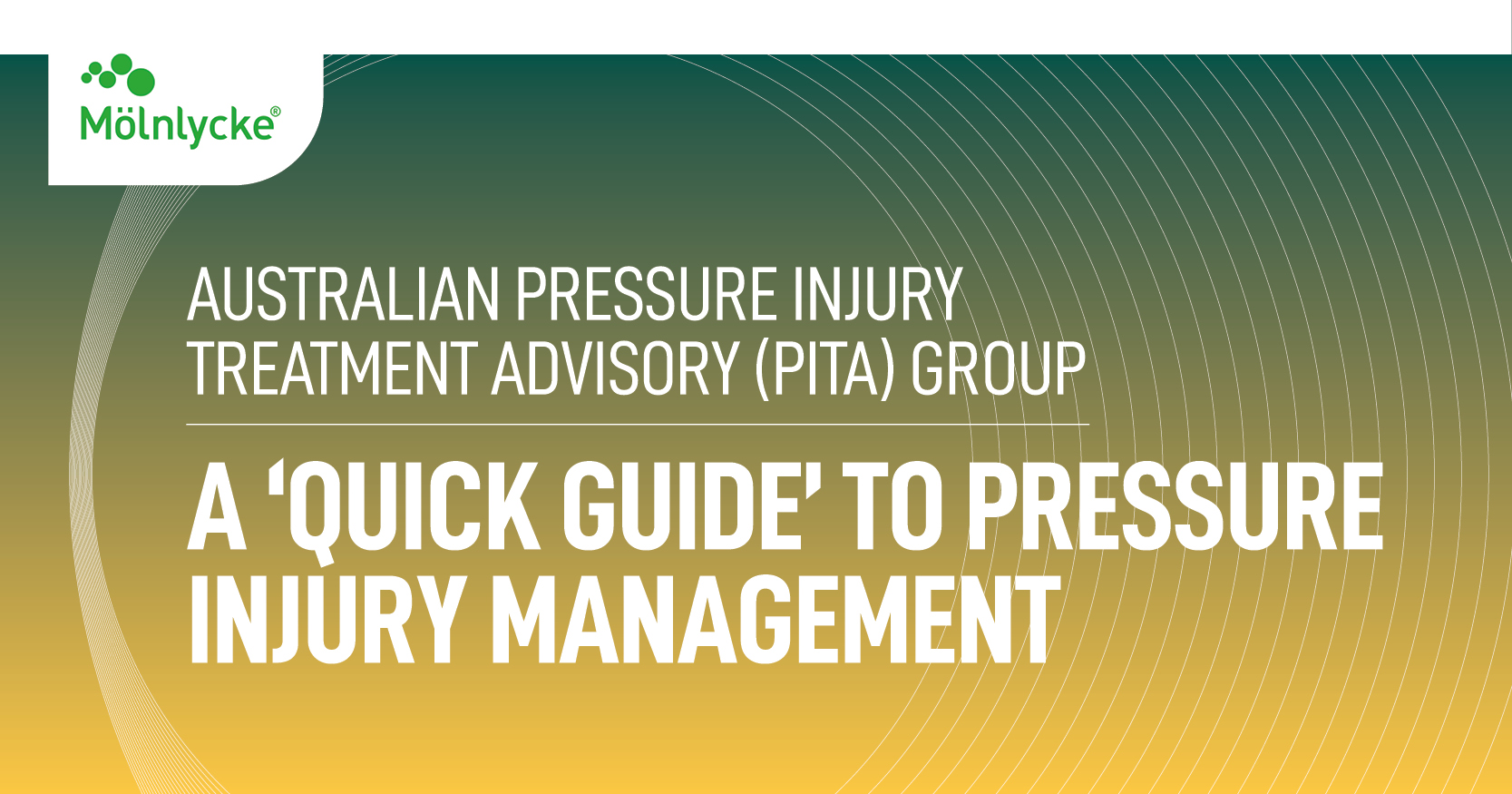It is common to hear wound care providers complain about the accuracy of staging pressure ulcers and inappropriate wound care practices. I also have complained about these many times. I wondered if some of the issues may be in the education of providers. So, I looked at several fundamentals of nursing textbooks to see what information was given to students on staging and wound care. Here are the results …
I examined the staging of pressure ulcers and found that the majority of textbooks had photographs of various skin diseases in white people. We are coming to realise that pressure ulcers are very difficult to detect in people with dark skin, yet the textbooks did not contain instructions about assessing dark skin and very few contained pictures of darkly pigmented skin at all.
The second aspect I looked at was the staging categories for pressure ulcers. Most of the information was conveyed by diagrams; a few photographs of stage 2 and stage 3 pressure ulcers were shown. I know that you don’t need to show the worst case you’ve ever seen, but students can easily be led to believe that pressure ulcers are a relatively minor problem, especially when only shown partial-thickness wounds.
Of course, you can say, that not all learning occurs via the textbook, and the instructors could provide additional information and examples. If the instructors were providing that information, I would expect to see a more accurate job of staging pressure ulcers.
I also looked at wound care techniques and found the information and photographs could have easily been from 1994, as they showed techniques that are archaic and have been replaced by better evidence-based practice. There were photographs of irrigating wounds with a 35mL syringe and angiocath (items that my local facility does not have), so that photograph must have been taken around 1994. I saw photographs using hydrocolloids for partial-thickness wounds; a practice that has long been replaced. I also saw little to nothing on the newer preventative dressings, which have been in place and used for numerous years.
So, when students are not provided all the information necessary for practice, the employers are obligated to fill that gap upon orientation to the new position. I find that to be an unfortunate event, as the new nurse is forced to learn the local policies and procedures, local electronic health record systems and documenting, cultural nuances, and role transitions, as well as evidence-based practices for wound care and numerous other diseases. What’s happening is that the wound providers, or tissue viability nurses, are the only people on staff allowed to stage pressure ulcers. I understand the rationale for this decision, as an effort to reduce errors in staging. However, there is a significant gap within that practice, especially weekends and evenings.
Case in point: Patient arrives with a stage 3 pressure ulcer on Friday at 6pm with 50% slough. The staff, not able to stage the wound, do not know what to do for the wound. So, the wound is left either untreated or treated with wet to moist dressings until Monday morning, when the tissue viability nurse returns. The only way the staff could treat the wound would be to follow the policies that are written, but those are often based upon the stage or category of pressure ulcer. This dilemma seems obvious. The staff nurse cannot stage the pressure ulcers and, therefore, cannot follow any of the existing policies and procedures. Sadly, by the time the tissue viability nurse arrives, the wound has deteriorated.
So, what’s the next course of action? It’s imperative that textbooks used for education contain the most up-to-date information and we, as clinicians, must take responsibility for that. When you are on the unit and see a student with a fundamentals book, please take a look to see what it says regarding pressure ulcer staging and wound care. If you find that the information within is old, notify the book’s publisher. If you are comfortable, tell the publisher you would be willing to review the book prior to the next edition to make the necessary changes to the content. I understand that a textbook editor cannot be current in every area of practice, so we as experts need to step up and do our part to fix this fundamental gap in education.






